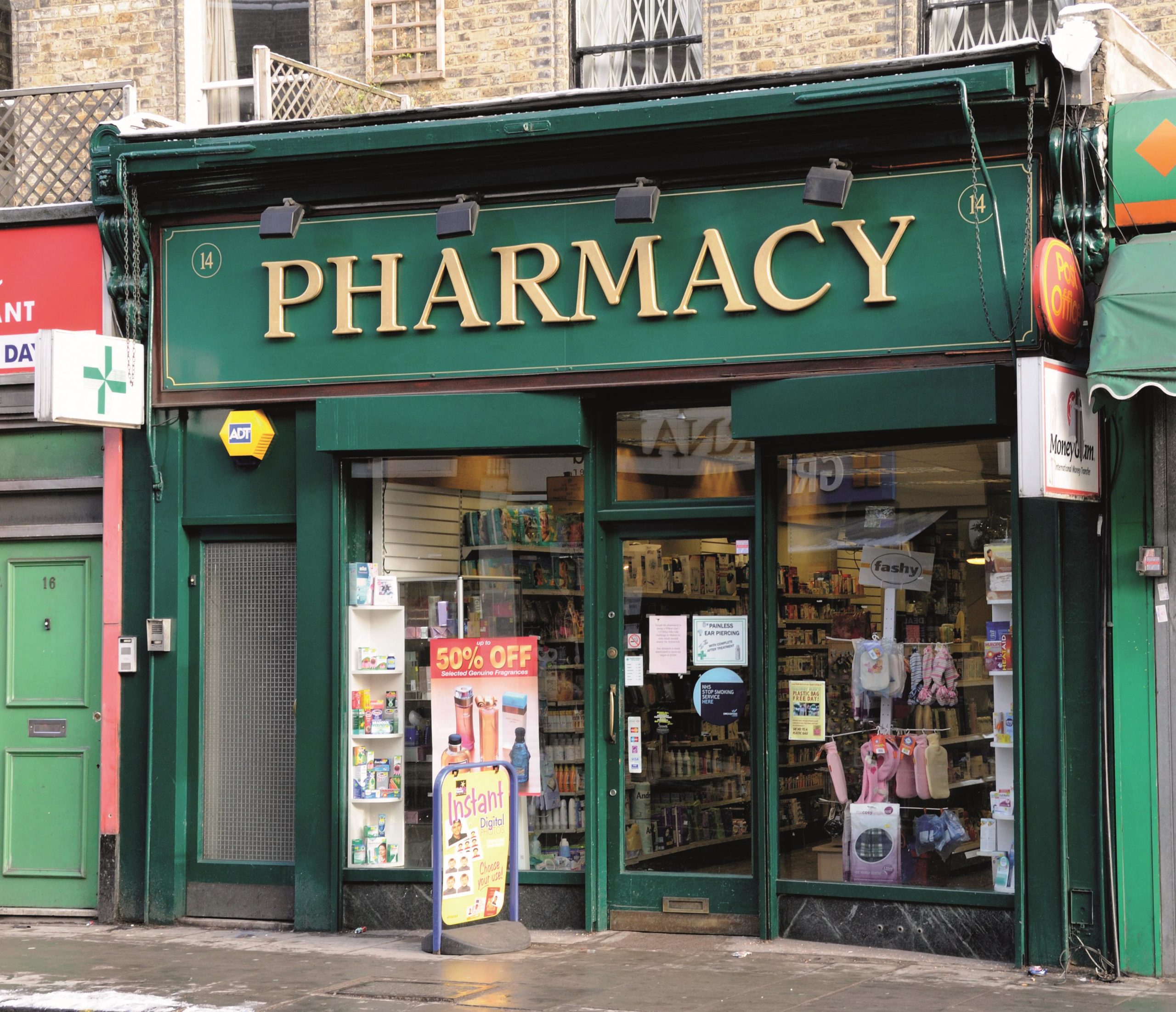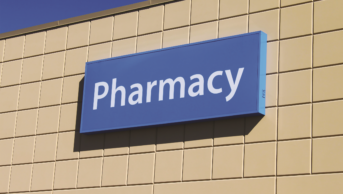
© Pat Tuson / Alamy
More than 90% of the first pharmacies inspected by the General Pharmaceutical Council (GPhC) under its new inspection model were considered satisfactory, while only a handful were rated good and hardly any were judged to be excellent, a survey by Pharmacy Voice shows.
So far around 2,000 pharmacies in England, Scotland and Wales have been inspected under the new inspection model, which began in November 2013. It is designed to assess a pharmacy’s ability to comply with five principles set out in the GPhC’s 26 standards for registered pharmacies, published in September 2012. Under the regime, inspectors can award pharmacies four possible grades: poor, satisfactory, good or excellent.
However, a survey of 703 pharmacies by Pharmacy Voice, presented at a conference on the GPhC’s inspection model held at the Royal College of General Practitioners in London on 23 October 2014, shows that the vast majority of practices are rated satisfactory. According to the findings, 1% of pharmacies inspected between November 2013 and March 2014 were rated poor, 96% were satisfactory and 3% were good. Between May 2014 and July 2014, 2% of pharmacies were rated poor, 92% were satisfactory and 6% were good.
The inspection results are not currently published by the GPhC, but this will change once new legislation relating to the premises standards comes into force. Speakers at the conference expressed concern over the spread of ratings and how this would be perceived by patients when the official inspection reports were made public.
“There is a four-point grading system and we believe the midpoint should be the average [between satisfactory and good],” said Margaret MacRury, a Pharmacy Voice board member. “Our concern is that with satisfactory being below the midpoint — and the vast majority of pharmacies being put into this category — the public will see pharmacy as unsafe.”
Mike Holden, chief executive of the National Pharmacy Association, added that commissioners might only want to contract with pharmacies rated as good, which would bypass the majority.
Nick Kaye, the owner of a pharmacy in Newquay that won Alphega pharmacy of the year in 2012, offers a range of services including alcohol intervention and medical student training, and was rated satisfactory. He says he is not unhappy with the rating, but only because they are not yet publically available. “There needs to be more thought about grading,” he says.
MacRury highlighted that a large proportion of pharmacies rated satisfactory were not given an action plan or suggestions on how to improve, and so he wanted to know why they were not given a higher rating.
Holden said that feedback from members suggested there were inconsistencies in the approach taken by inspectors: some still followed the ‘old style’ approach of checking fridge temperature and controlled-drug storage, rather than the new ‘show and tell’ method encouraged by the GPhC. Another major concern was the time it took to complete an inspection, MacRury said. Reports showed that inspections could take anywhere between two and seven hours, but she argued that an inspection that took more than three hours was putting patient safety at risk.
The GPhC emphasised that the current inspection process was in the prototype phase, so modifications and improvements were expected. It said there would be a formal consultation process to help highlight any problem areas.
The time allowed for superintendents and owners to respond to inspection reports will be extended from two to five days, the GPhC has announced, except where pharmacies have been rated poor. It said it was revising its decision-making framework and that future inspection reports would contain more detail on how satisfactory pharmacies could improve. It will also publish case studies of pharmacies rated good and set out further principles of excellence to help pharmacies make improvements.
Standards most often identified as good in pharmacies
1.1 The risks associated with providing pharmacy services are identified and managed
1.2 The safety and quality of pharmacy services are reviewed and managed
2.2 Staff has the appropriate skills, qualifications and competence for their role
2.4 There is a culture of openness, honesty and learning
4.2 Pharmacy services are managed and delivered safely and effectively
Standards most commonly not met by pharmacies
1.1 The risks associated with providing pharmacy services are identified and managed
1.2 The safety and quality of pharmacy services are reviewed and managed
1.6 All necessary records for the safe provision of pharmacy services are kept and maintained
3.1 Premises are safe, clean, properly maintained and suitable for the pharmacy services provided
4.3 Medicines and medical devices (storage, disposal etc)
Source: GPhC


